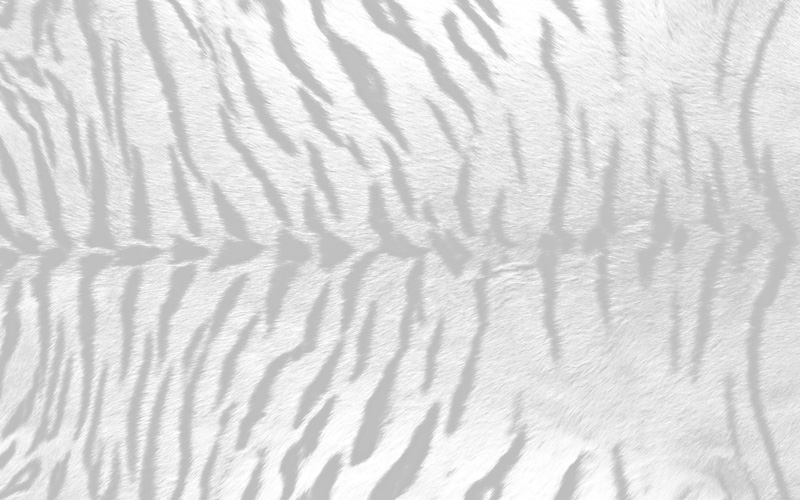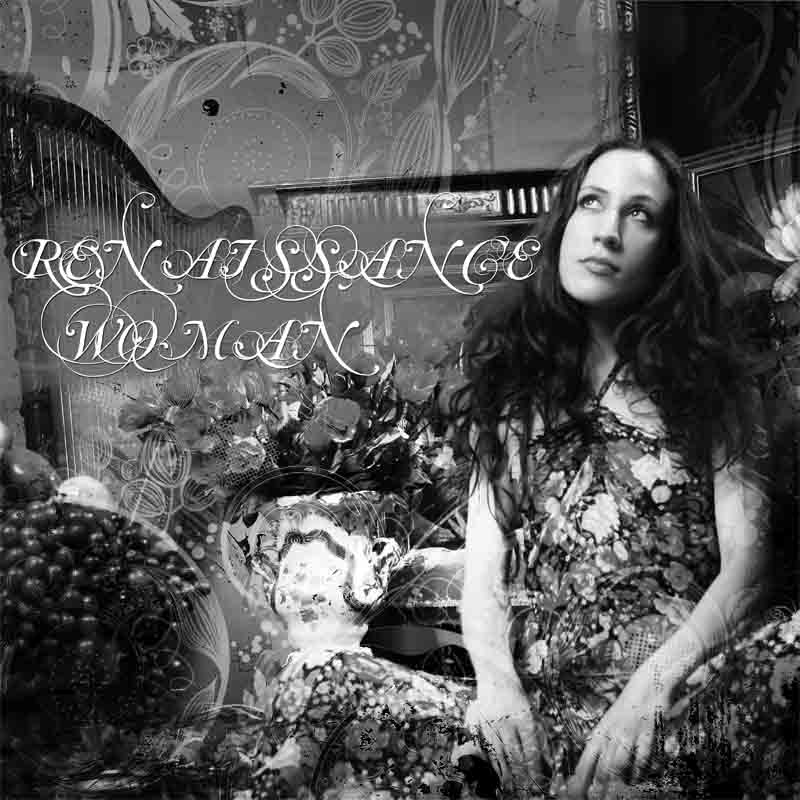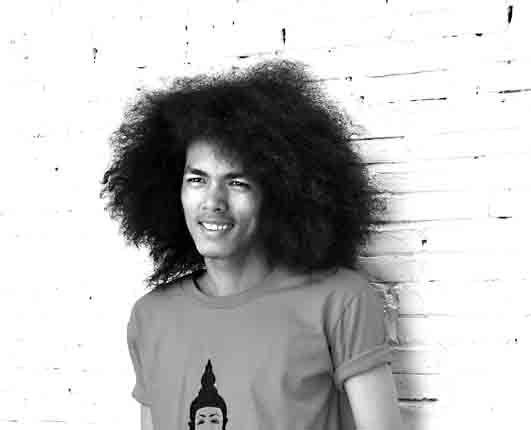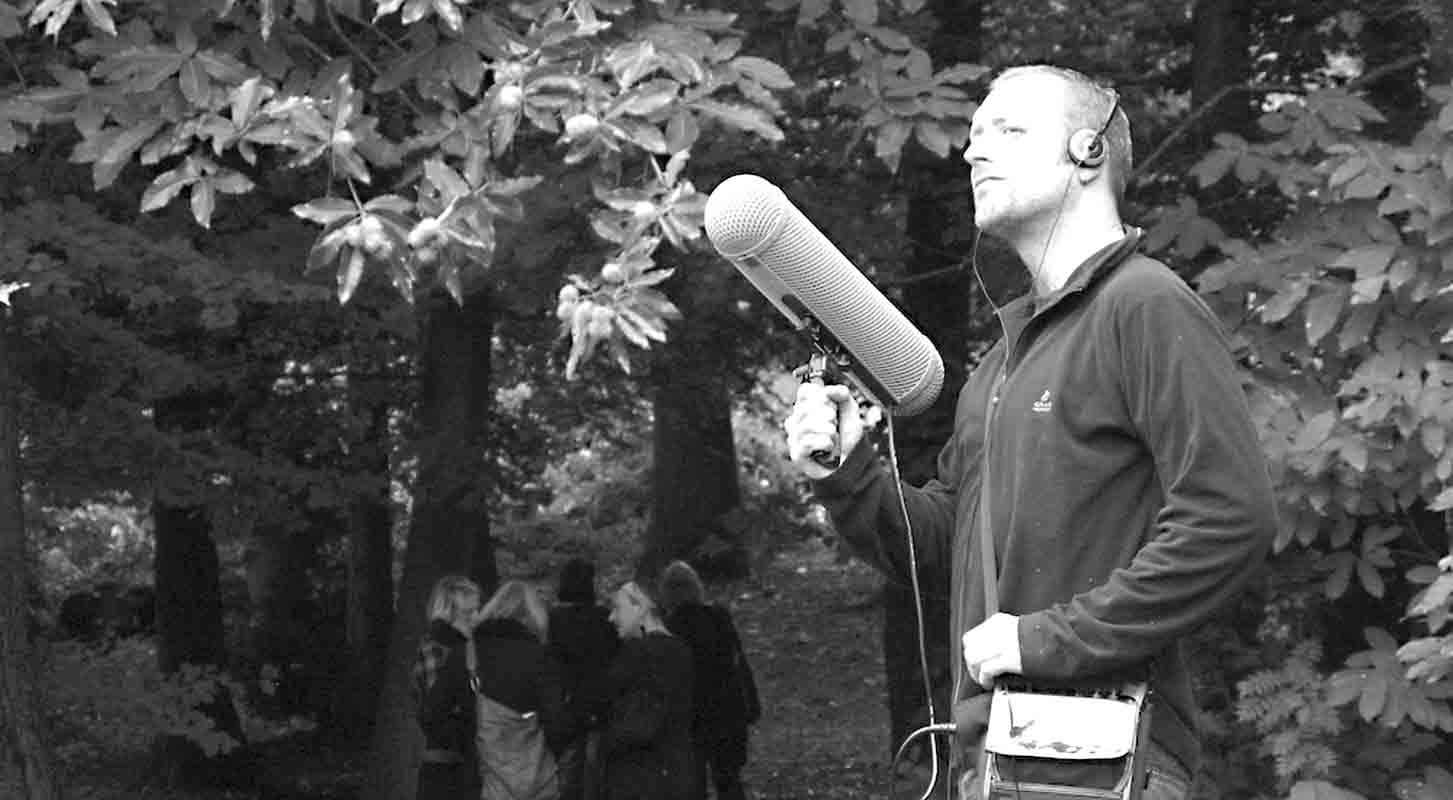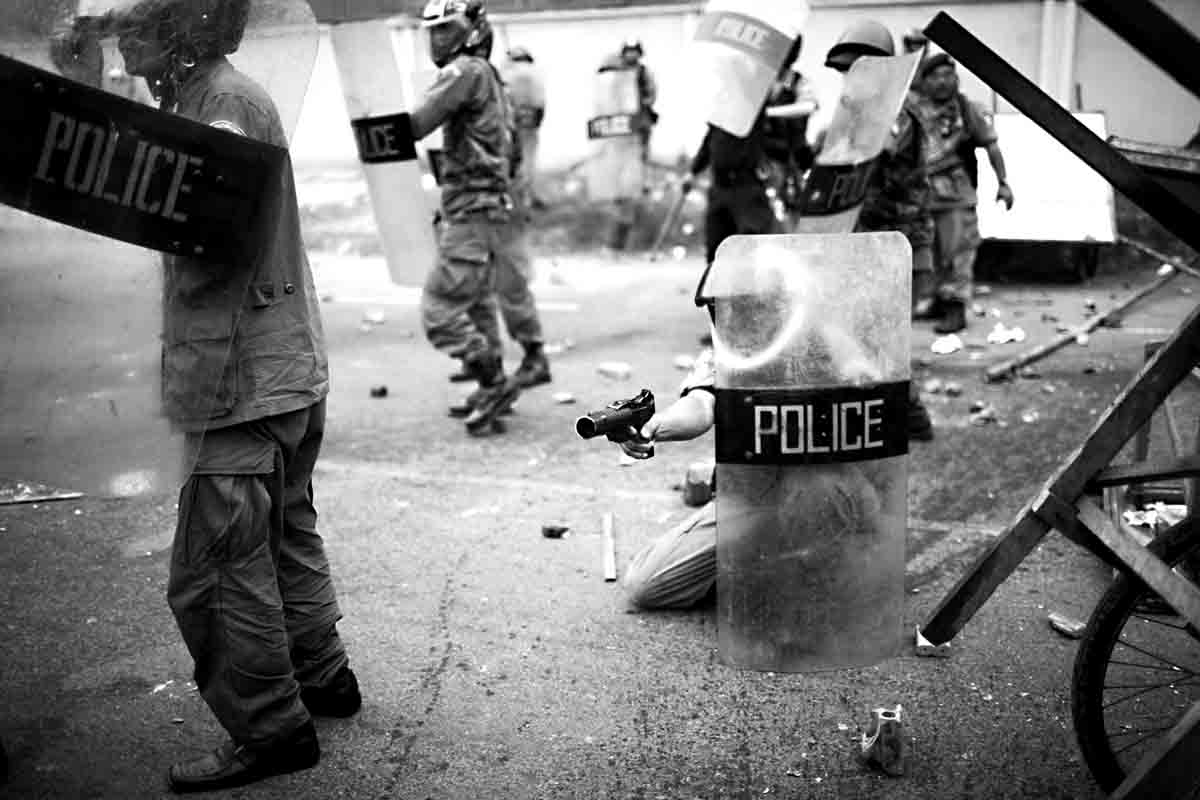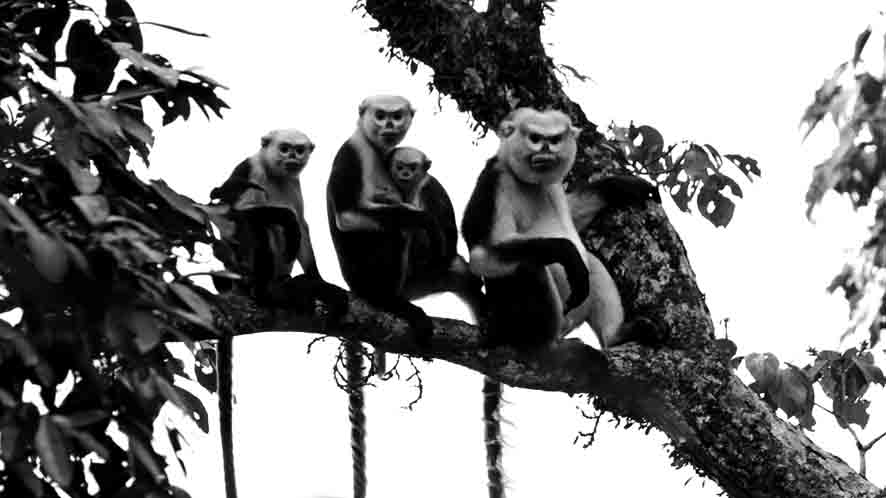As erections go, it’s a hard one to miss – if you’ll pardon the appalling pun. Longer than a human forearm and twice the girth, this monstrous appendage looms from between two wrinkled thighs like an anaconda with advanced rigor mortis. Could this be animal speak for ‘happy’? “That’s getting into anthropomorphism but he’s got his donger out, so that’s a good thing…” Dr Wayne McCallum grins as Kiri positions himself over a mound of sand, splays all four legs and then squashes it flat, ears flapping. “That elephant’s got two trunks!” McCallum roars with laughter. “Yeah, he’s happy.”
It was not always so. Eighteen months ago, an emaciated sack of grey skin and bones appeared on the front page of a local newspaper beneath the headline ‘The zoo of horrors’. Teuk Chhou Zoo, just outside Kampot, was then the private menagerie of one Nhim Vanda, a four-star general and vice president of the National Committee for Disaster Management. He had built the zoo with Hun Sen’s blessing in 1999, along with another at Prey Veng. A government website described it as ‘a wonderful place to spend a fun-filled afternoon with your family’.
The reality was rather less wonderful. Cramped, filthy cages; untreated injuries; no clean water; scant evidence of food: the list of transgressions was long. Orang-utans starved of any shelter hung listlessly from the bars of a tiny cage. Eagles nursed damaged wings in enclosures too small for them to stretch. “It is so hard for me to find food and clean water to provide to the animals because in one day I get money from tourists totalling about 20,000 riel (US$5) to 100,000 riel, but I pay much more than that for food,” His Excellency said at the time. “[Wildlife NGOs] should be proud of me and encourage me because I like my animals more than my own son.” The Cambodian authorities chose to say nothing at all.
Today, that same elephant – once on the cusp of starvation – is all but unrecognisable. Seila, the female who shares Kiri’s newly expanded enclosure, is bouncing up and down on a bright blue bin. The plastic crumples like paper beneath her feet. Kiri flaps her ears, moves on to the next bin, and repeats the process. You’d be hard-pressed to describe her as mammoth, but her frame is infinitely less skeletal than in the now-infamous photo from March last year.
“The good news is we’ve stabilised a bad zoo,” says McCallum, part of the team responsible for the extreme makeover now unfolding within the walls of Teuk Chhou. “The elephants are the perfect symbol of the transition, given how emaciated they were. The fact is a lot of the animals were dying. We had a gibbon who looked like he’d come from a death camp.”
Stabilisation first arrived in the form of Rory and Melita Hunter, the Australian husband-and-wife team who transformed Song Saa into Cambodia’s first luxury island resort. Working closely with the zoo’s owner, the pair enlisted Wildlife Alliance director Nick Marx, who brings with him more than 30 years’ experience in animal welfare. Next came the Elephant Asia Rescue and Survival foundation’s Louise Rogerson, who – with the help of two Hong Kong donors – has completely transformed the “ellie enclosure”.
“The enclosure took three months; it’s a huge change,” she says in a soft Mancunian accent. “Their pool was smelly and dirty; there were frogs and filth and rubbish in it. We cleaned all that out and now they play in it every day. Kiri’s favourite toy is the tyre: he throws it around everywhere. They’re so much happier. The main worry with these animals in captivity is food: they weren’t getting enough. They were getting about two wheelbarrows of grass a day, but they need up to 10% of their bodyweight, which is about 200kg a day. They’re still small for their age because of malnutrition.” Little is known of the elephants’ history, as with most of the animals here, she notes (many are believed to have been given to the original owner as gifts).
Mankind has been keeping wild beasts in captivity for thousands of years, often with tragic results. During the dedication of Ancient Rome’s Colosseum by Emperor Titus, according to historian WEH Lecky, as many as 5,000 animals perished in a single day. People have, on occasion, fared little better: in 1906, the Bronx Zoo in New York displayed Congolese pygmy Ota Benga in a cage with chimpanzees and then an orang-utan by way of demonstrating the ‘missing link’. But with the arrival of the 20th century came the ‘modern zoo’. Far from the living museums of their ‘arks in parks’ forebears, they exist not only to document how wildlife and habitats are declining, but to find ways to halt that decline.
Footprints is Song Saa’s new privately funded philanthropic arm. Directed by McCallum, an affable nature-loving New Zealander who moved here in 2003, its aim is to transform ‘the zoo of horrors’ into a state-of-the-art wildlife and environmental education centre via a five-year, $250,000 master plan. “We want it to be a journey, rather than just a menagerie. It’s both a journey into the zoo and a journey into its transformation into a wildlife education park. The way you interact with the exhibits will be part of the educational process.”
‘Interacting with the exhibits’, on one of Teuk Chhou’s Paws and Claws Wildlife Encounters, means anything from shovelling elephant poo to bottle-feeding a full-grown tiger, which is about as easy as it sounds. Following the keeper’s instructions to the letter, I rest the tip of a giant syringe filled with lactose-free milk on one of the bars of a tigress’ enclosure. The gently growling big cat seizes it with her incisors and neatly nips it off, nearly swallowing the syringe in the process. Milk for the male, Meanchey, gets inadvertently squirted straight up his nostrils.
Allowing curious folk to get up close and personal with some of Teuk Chhou’s 134 animals, which span 43 species, is one way Footprints hopes to cover the $8,000 monthly food bill. For $25, you can spend half a day getting to know some of Teuk Chhou’s most colourful characters. For $45, you can experience a full day in the life of a zoopkeeper by bathing elephants, ‘blissing out’ a colourful hornbill; making toys for the animals; coming face to face with big cats, preparing food and the aforementioned shovelling of elephant poo, among many other just-as-aromatic strains. Proceeds are ploughed straight back into feeding the animals and building better enclosures.
“What we’re trying to do is look at it as an overall experience, not just for the visitors, but also for the animals,” says Rory Hunter, the Sydney-born property developer who, along with his wife Melita, owns Song Saa. “We’re doing it on a habitat basis. There’ll be a journey through tree-lined forest, where you have an elevated view over Kampot; then the park will be divided into wetland, jungle, and forest habitats. The landscape will be relevant not only to the animals in here, but also to the local wildlife. At least 50% of our animals are native to Cambodia – not just the big well-known species, but also lesser-known species, like civets, which people don’t realise are native. In 20 years’ time, they probably won’t exist in the wild.”
WHO: Wild things
WHAT: The new Teuk Chhou Zoo
WHERE: Thmei district, Kampot province
WHEN: Now
WHY: Help transform ‘the zoo of horrors’ into a park of hope
